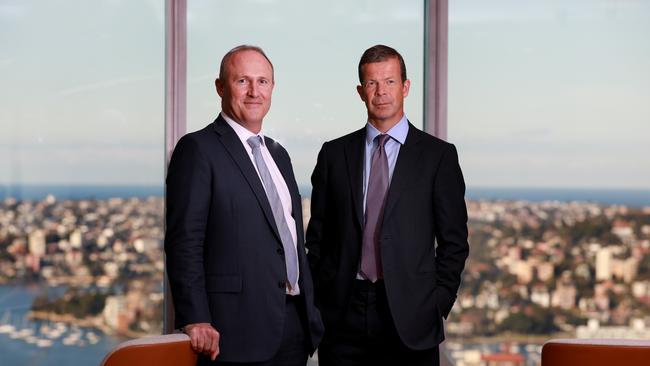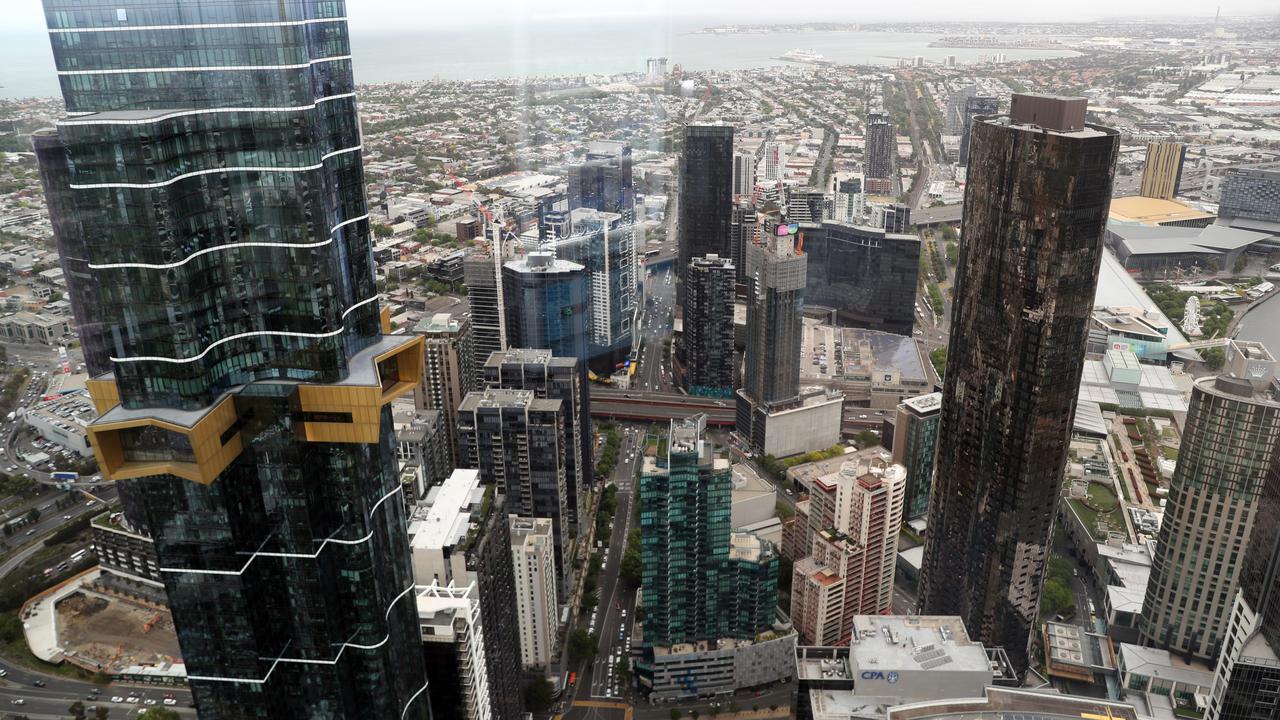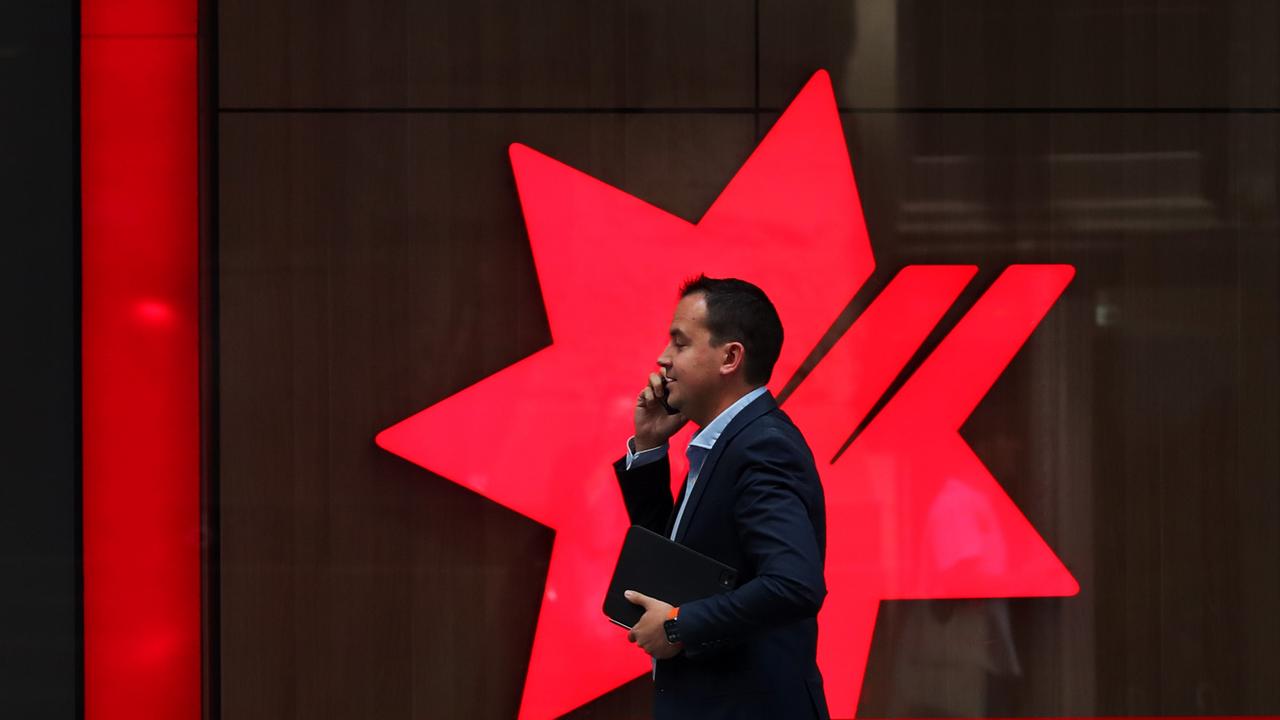LGT Crestone bets on US venture capital valuations bottoming out as it launches new fund
Timing is everything in finance and LGT Crestone thinks now is the right time to launch a new product investing in mostly US-based venture capital funds.

LGT Crestone is making a big bet on whether late stage US venture capital investments are nearing the bottom of their valuation cycle as it prepares to launch a new open-ended fund that it hopes will raise as much as $300m over the next few years.
The new StepStone Private Venture and Growth Fund, or SPRING, will invest on the secondary market in VC funds, mostly in the US, as well as directly alongside some of those funds in late stage start-ups.
After seeing “excessive” pricing last year, LGT Crestone head of alternatives Martin Randall believes there are now some opportunities to pick up decent investments or at least be ready to pounce.
“You are already seeing pricing come off materially,” Mr Randall told The Australian. “There’s always a big disparity between the good and the bad but maybe the good have already hit the bottom.”
Valuations of late-stage VC have already fallen 36 per cent from fourth quarter 2021 to third quarter 2022. Mr Randall said although there could be further declines into the fourth quarter and the start of 2023, there were now opportunities for experienced allocators.
The funds backers certainly have the experience at least. The new fund is a tie-up between LGT Crestone – the Australian arm headed by Michael Chisholm of the world’s largest family owned wealth manager – and StepStone, one of the world’s largest private market investment managers, which allocated $US75bn ($112bn) into private markets last year alone.
The types of funds that SPRING may invest in include Accel, which has invested in unicorns such as Siggy and Ola, and Bessemer Venture Partners, which has invested in Pinterest and LinkedIn; and also investing directly alongside those funds.
Mr Randall said the new fund would give private investors the chance to put money into companies that were normally only available to large institutions.
“It’s important for private investors to get access to these asset classes,” Mr Randall said.
“The key thing is an allocator being prudent. This year there is a big bid/ask spread … I expect that there will be a meaningful dispersion between companies of differing quality as earnings continue to come to the forefront.”
Valuations of unlisted companies can be opaque at best. Online graphic design company Canva – one of Australia’s most successful technology companies – soared to a peak valuation of $US40bn last September, based on funding buy-ins by VC firms.
Earlier this year its biggest local backers, including Blackbird Ventures, Square Peg Capital, and AirTree Ventures, wrote down their shareholdings in Canva by 36 per cent. But Franklin Templeton, which had previously marked down the value of its Canva shareholding, marked it up again by 22 per cent – although this figure is still below its buy-in price.
“We can be more cautious and build in bigger margins for safety … but we are already seeing pick-ups,” Mr Randall said.
Mr Randall said on top of these early signs of improvement, there was an increased number of opportunities to invest in VC funds because institutions have needed to reweight portfolios down from alternative asset classes to offset bigger falls in equities, as well as an increased number of companies remaining private for longer.
“Companies are staying private for longer, often making a choice not to list,” he said.
“Many of these companies are creating value at a much more rapid rate than public companies, which are diminishing significantly in number in the US.
“In 1996 for example, there were some 7300 listed companies in the US.
“By 2016, that number had dropped to just 3600, which combined with greater (public) information efficiencies today, makes it harder for fund managers to extract alpha from publicly traded shares.”
The new fund will charge a management fee of 1.25 per cent and a performance fee of 15 per cent subject to a perpetual high watermark. Underlying manager fees may also apply on both secondary fund and mature primary fund investments but not on direct investments.



